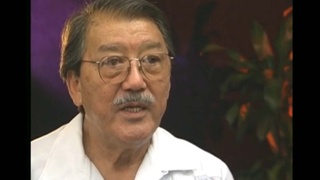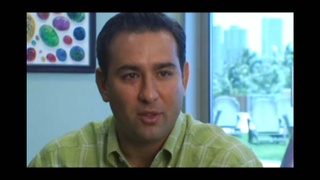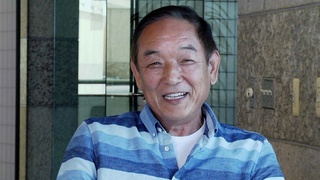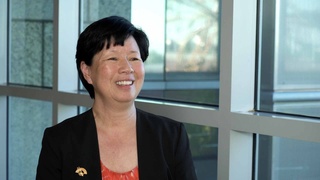Interviews
Changing demography of gardeners in Southern California
I am Sansei. I haven’t seen any younger gardeners, Japanese. I see a lot of Hispanics. Sometimes I see in my area the Black gardeners. But I haven’t seen any younger Japanese. I think they’re going into more of a white-collar work. Which is fine.
We have Hispanics who were trained by Japanese that know the gardening business and do quite well. A lot of them have become landscape contractors, state licensed. They’ve learned to use other people that work for them to do the manual work and they go around giving estimates for jobs. I’m sort of kind of happy for them because I’d say 90 percent of the contractor gardeners worked for Japanese before. So I’m sort of proud of our race.
Date: December 1, 2005
Location: California, US
Interviewer: Daniel Lee
Contributed by: Watase Media Arts Center, Japanese American National Museum













